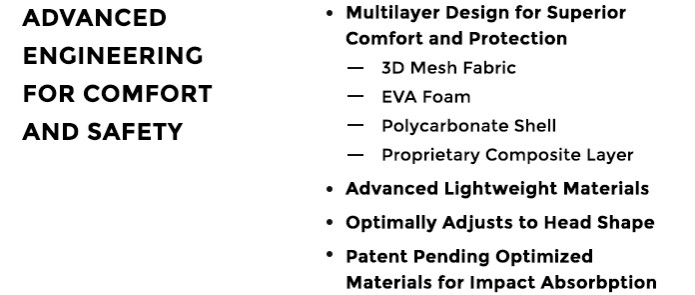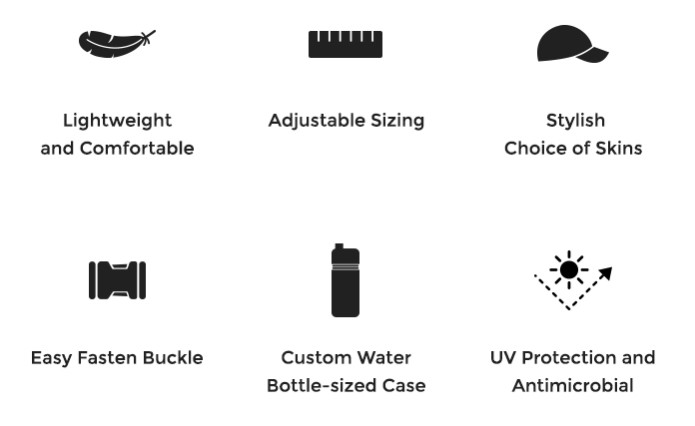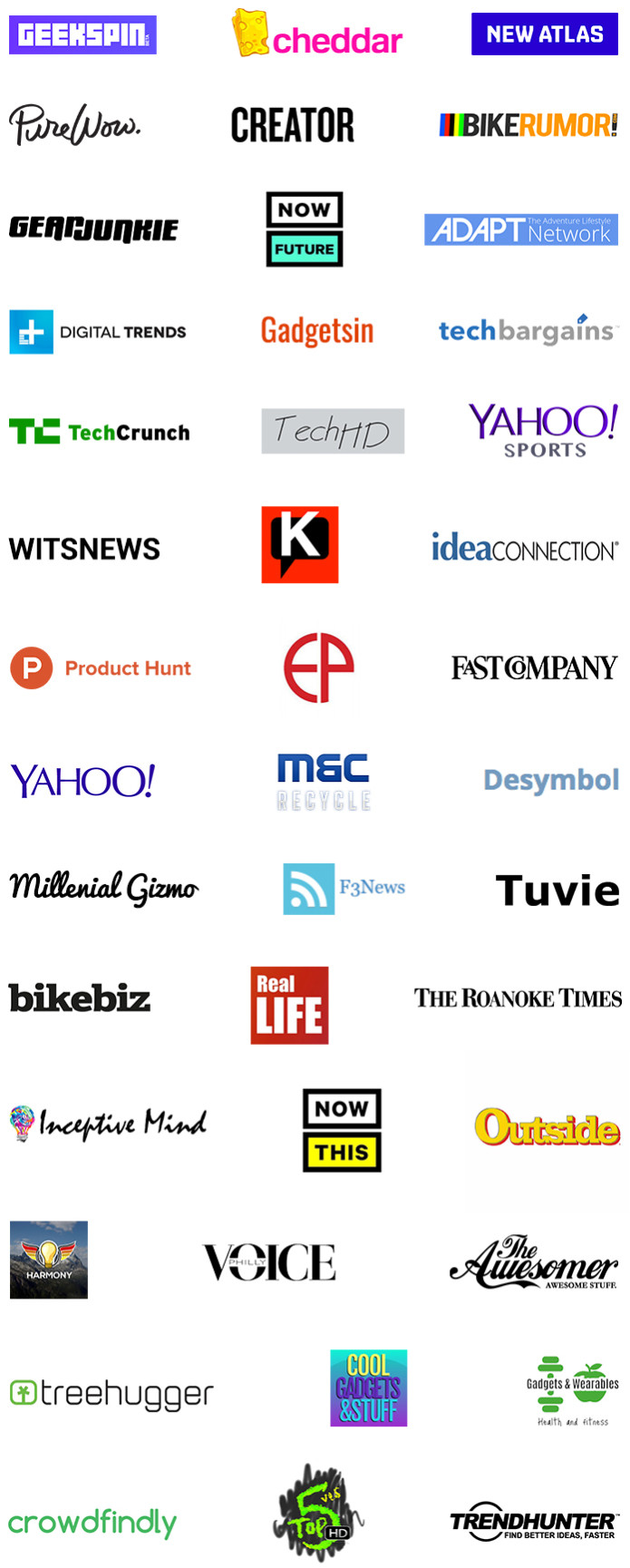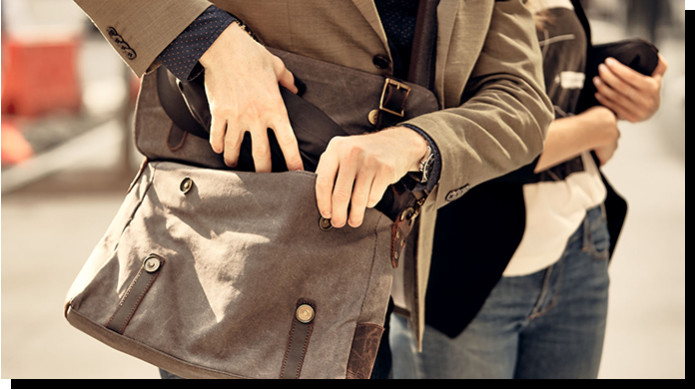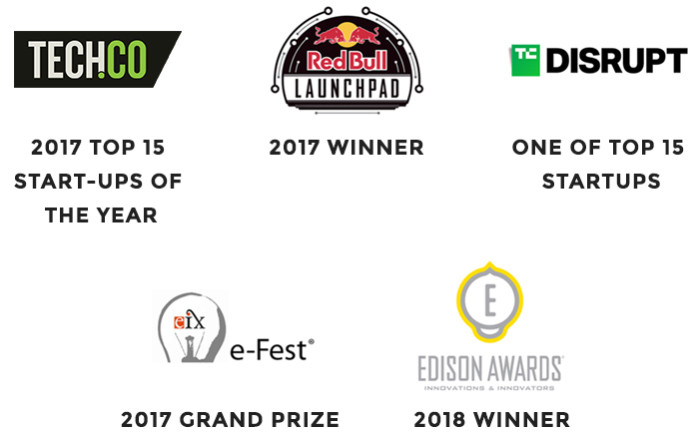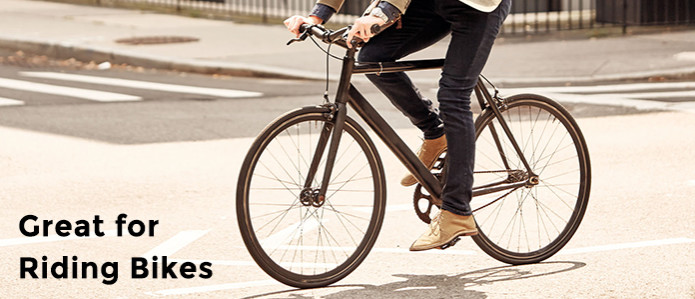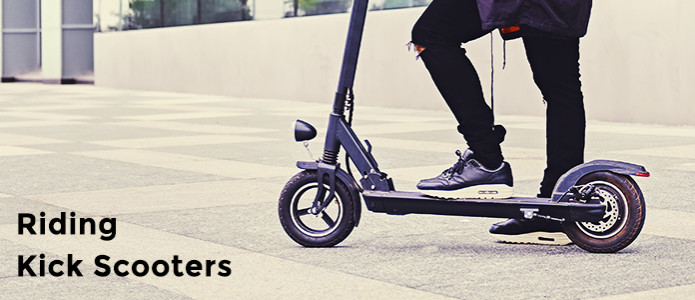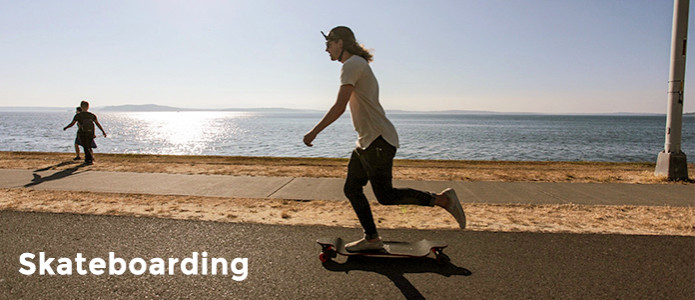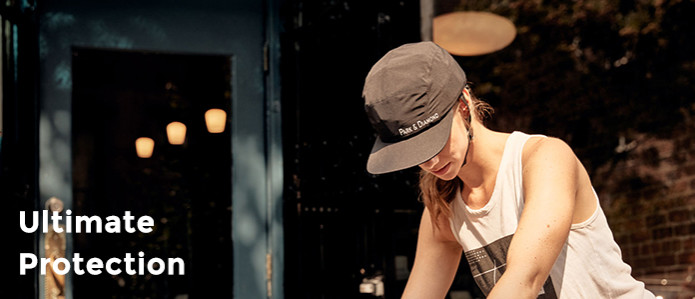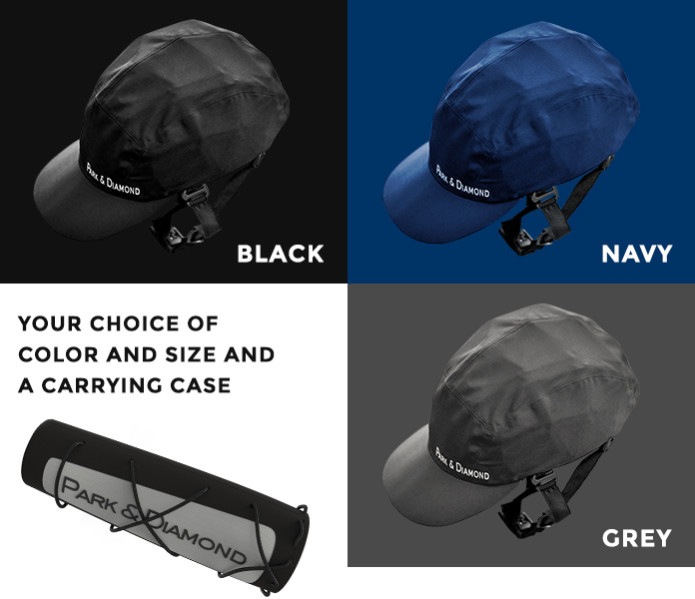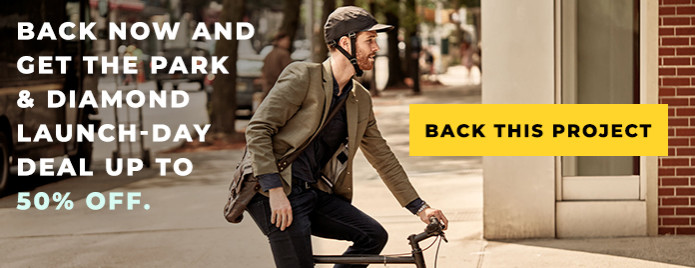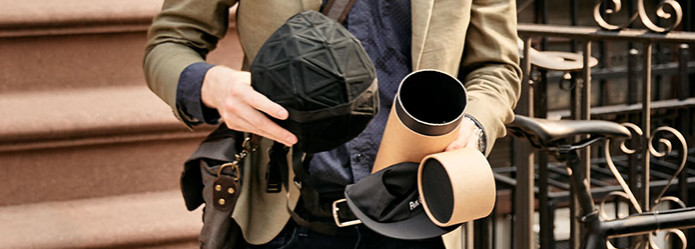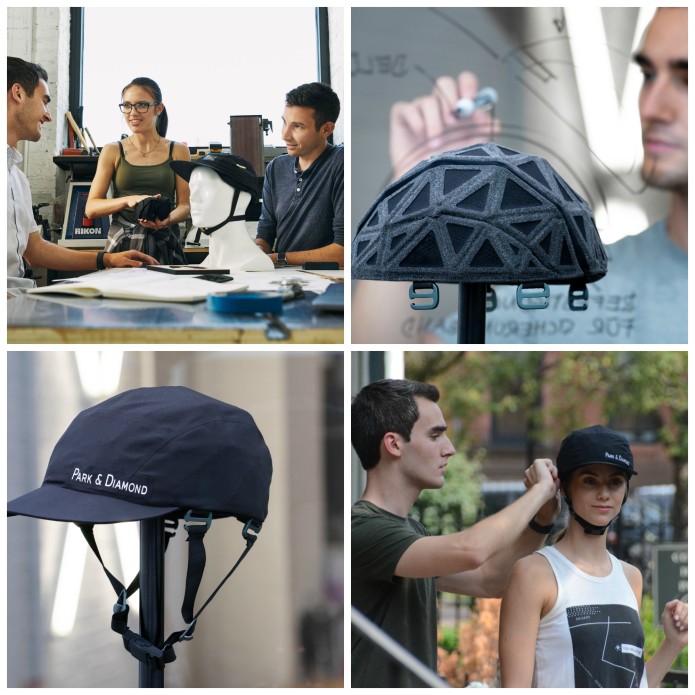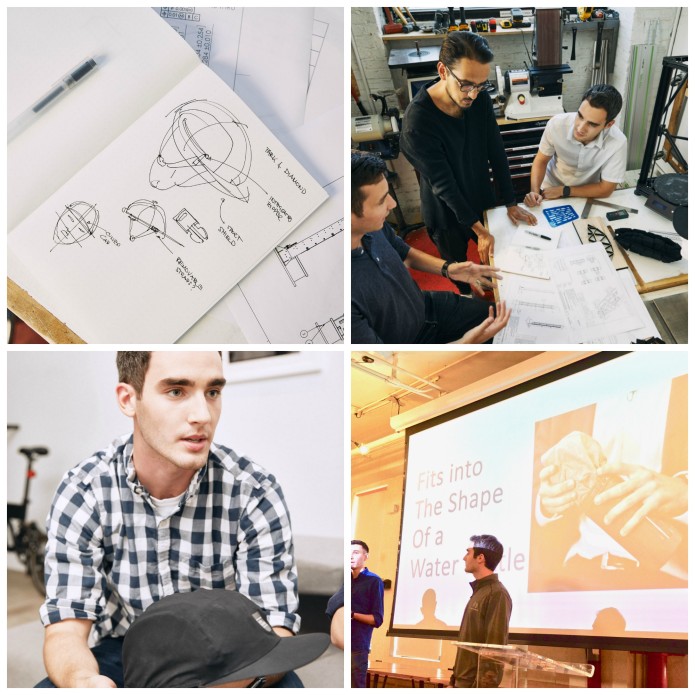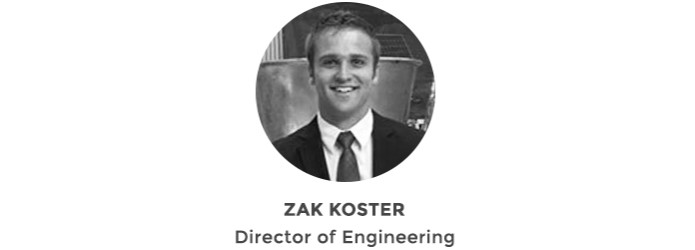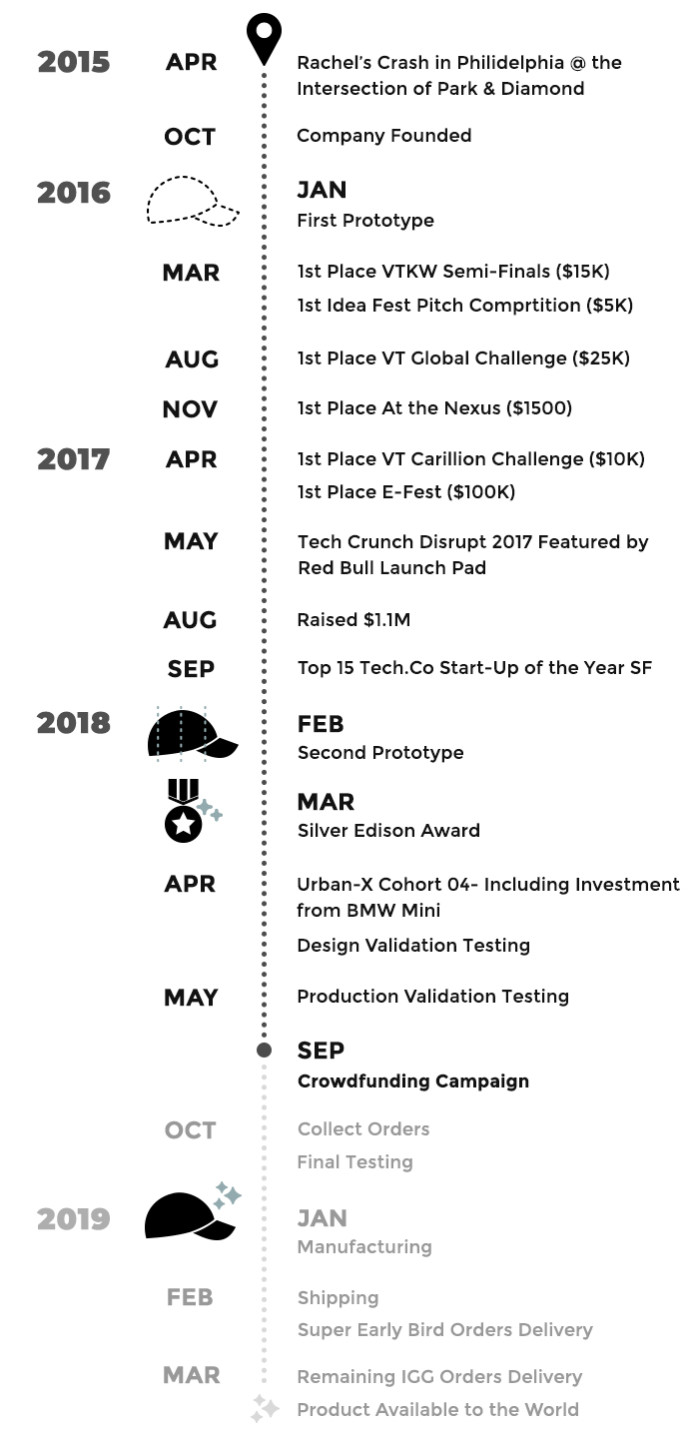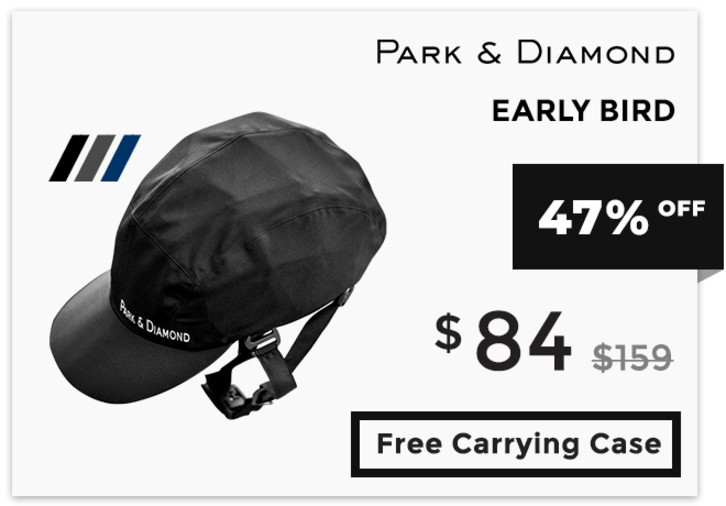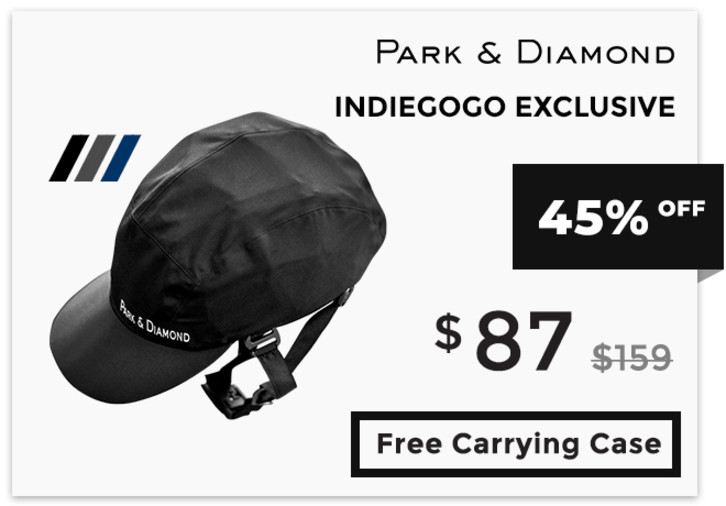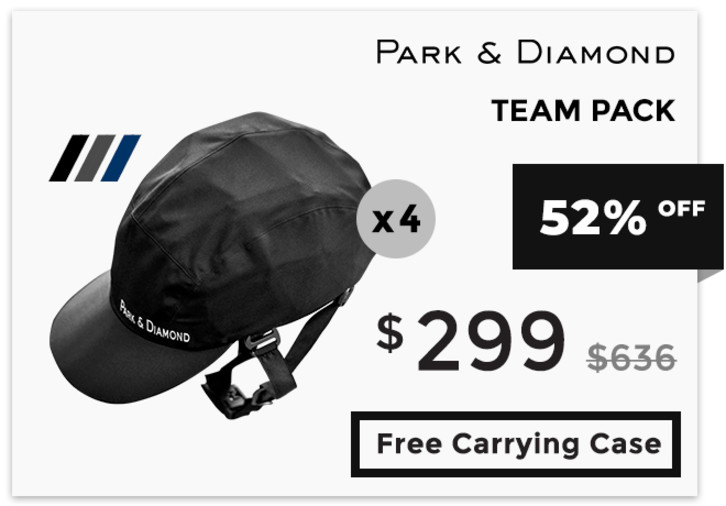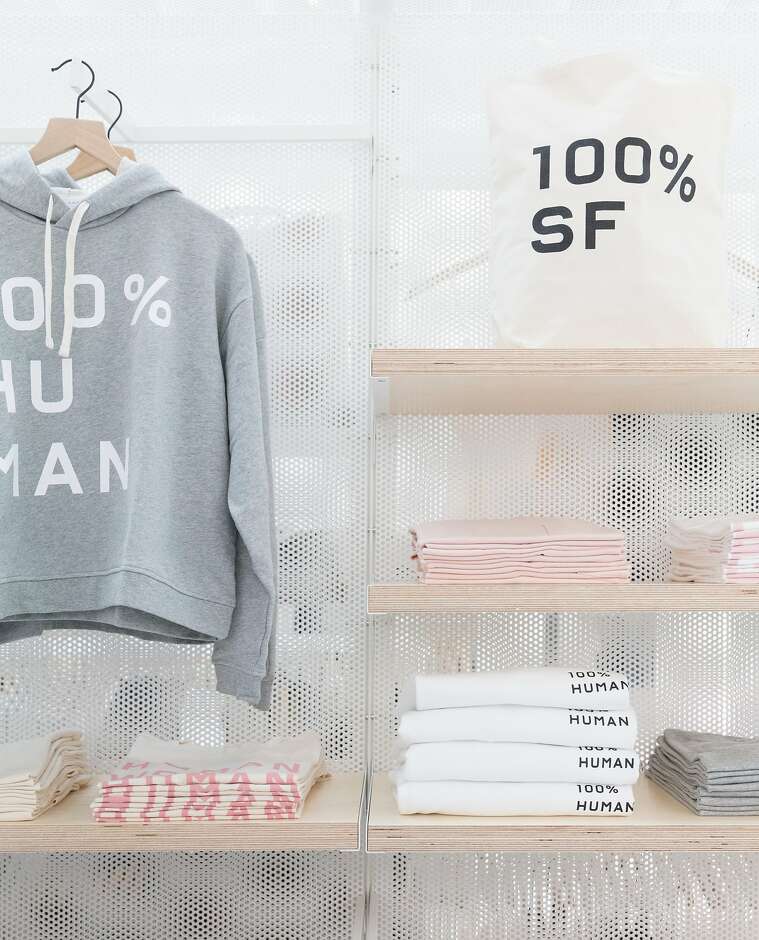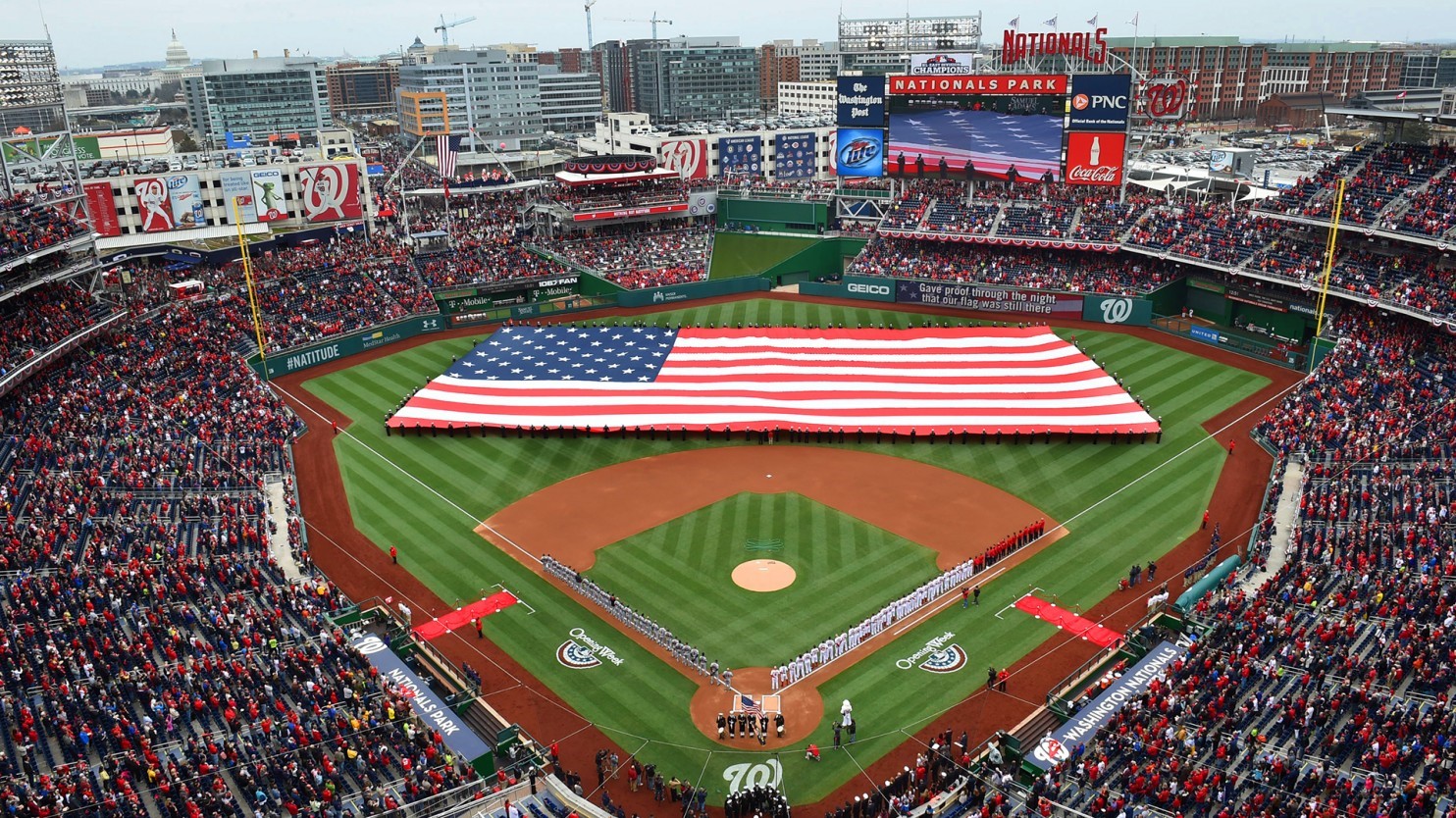How American is Your Car?
Each year, the Kogod School of Business keep statistics on the percentage of U.S. Made by each make and model. They have been doing this for the past 5 years. By using the AUTO INDEX, one can put in their own car and see American their car is. If you follow the link, in the auto index column – one can click which year you want to look up. The 2018 winner The Corvette.
| Rank | OEM | Model | Make | MexicanMade | USCanadianMade | USHQ | TDC |
|---|---|---|---|---|---|---|---|
| 1 | General Motors LLC | Corvette A/T | Chevrolet | 67% | 1 | 83.5 | |
| 2 | General Motors LLC | Volt | Chevrolet | 66% | 1 | 83.0 | |
| 3 | Ford Motor Company | F150-4X2 5.0L | Ford | 15% | 65% | 1 | 82.5 |
| 3 | Ford Motor Company | F150-4X4 2.7L, 5.0L | Ford | 15% | 65% | 1 | 82.5 |
| 3 | Ford Motor Company | Continental | Lincoln | 23% | 65% | 1 | 82.5 |
| 4 | Fiat Chrysler Automobiles | Wrangler JK Sport 4X4 | Jeep | 74% | 0.5 | 81.0 | |
| 5 | Fiat Chrysler Automobiles | Wrangler JK Unlimited Willys Wheeler 4X4 | Jeep | 15% | 73% | 0.5 | 80.5 |
| 5 | Fiat Chrysler Automobiles | Wrangler 3.6 | Jeep | 15% | 73% | 0.5 | 80.5 |
| 5 | Ford Motor Company | Taurus 3.5 | Ford | 61% | 1 | 80.5 | |
| 5 | Ford Motor Company | MKC | Lincoln | 20% | 61% | 1 | 80.5 |
| 6 | Ford Motor Company | Explorer | Ford | 57% | 1 | 78.5 | |
| 6 | General Motors LLC | ATS Sedan AWD | Cadillac | 19% | 57% | 1 | 78.5 |
| 6 | General Motors LLC | ATS | Cadillac | 19% | 57% | 1 | 78.5 |
| 6 | General Motors LLC | Camaro 1LT 2.0 | Chevrolet | 19% | 57% | 1 | 78.5 |
| 6 | General Motors LLC | Acadia AWD Denali | GMC | 21% | 57% | 1 | 78.5 |
| 6 | Honda Motor Co., Ltd. | Ridgeline AWD/FWD | Honda | 75% | 0 | 78.5 | |
| 6 | Honda Motor Co., Ltd. | Odyssey EX-L, Elite | Honda | 75% | 0 | 78.5 | |
| 7 | Ford Motor Company | Mustang A/T | Ford | 56% | 1 | 78.0 | |
| 7 | Ford Motor Company | Mustang 5.0L GT Coupe (AT) | Ford | 56% | 1 | 78.0 | |
| 8 | Tesla | Model S | Tesla | 15% | 55% | 1 | 77.5 |
| 9 | General Motors LLC | Corvette M/T | Chevrolet | 67% | 1 | 76.5 | |
| 10 | Honda Motor Co., Ltd. | MDX (2WD and AWD) | Acura | 70% | 0 | 76.0 | |
| 10 | Honda Motor Co., Ltd. | TLX AWD | Acura | 70% | 0 | 76.0 | |
| 10 | Honda Motor Co., Ltd. | Pilot | Honda | 70% | 0 | 76.0 | |
| 11 | General Motors LLC | Colorado (Gas and Diesel) | Chevrolet | 30% | 51% | 1 | 75.5 |
| 12 | General Motors LLC | LaCrosse FWD 2.5 | Buick | 25% | 50% | 1 | 75.0 |
| 12 | General Motors LLC | LaCrosse | Buick | 25% | 50% | 1 | 75.0 |
| 12 | General Motors LLC | Malibu LTD | Chevrolet | 25% | 50% | 1 | 75.0 |
| 12 | Tesla | Model X | Tesla | 25% | 50% | 1 | 75.0 |
| 12 | Tesla | Model 3 Long Range | Tesla | 25% | 50% | 1 | 75.0 |
| 13 | Fiat Chrysler Automobiles | Wrangler JK Rubicon 4X4 | Jeep | 74% | 0.5 | 74.0 | |
| 14 | Fiat Chrysler Automobiles | Wrangler JK Unlimited Sahara 4X4 | Jeep | 15% | 73% | 0.5 | 73.5 |
| 14 | Honda Motor Co., Ltd. | RDX AWD/2WD | Acura | 65% | 0 | 73.5 | |
| 14 | Honda Motor Co., Ltd. | TLX AWD FWD A-spec | Acura | 65% | 0 | 73.5 | |
| 14 | Honda Motor Co., Ltd. | RLX AWD FWD | Acura | 65% | 0 | 73.5 | |
| 14 | Honda Motor Co., Ltd. | CR-V 2WD 4WD (VIN = 1,4,5) | Honda | 65% | 0 | 73.5 | |
| 14 | Honda Motor Co., Ltd. | CR-V 1.5 T AWD EX | Honda | 65% | 0 | 73.5 | |
| 14 | Toyota | Avalon | Toyota | 65% | 0 | 73.5 | |
| 14 | Toyota | Tundra 4X4 | Toyota | 65% | 0 | 73.5 | |
| 15 | General Motors LLC | Sierra | GMC | 44% | 46% | 1 | 73.0 |
| 16 | General Motors LLC | Cruze 4DR Sedan | Chevrolet | 34% | 45% | 1 | 72.5 |
| 16 | Tesla | Model 3 | Tesla | 25% | 45% | 1 | 72.5 |
| 17 | General Motors LLC | CTS | Cadillac | 19% | 57% | 1 | 71.5 |
| 17 | General Motors LLC | XT5 | Cadillac | 21% | 57% | 1 | 71.5 |
| 17 | General Motors LLC | Traverse FWD 2.0 | Chevrolet | 21% | 57% | 1 | 71.5 |
| 17 | General Motors LLC | Camaro ZL1 6.2 M/T | Chevrolet | 19% | 57% | 1 | 71.5 |
| 18 | Ford Motor Company | Mustang 2.3L Ecoboost Coupe M/T | Ford | 56% | 1 | 71.0 | |
| 18 | General Motors LLC | Escalade | Cadillac | 44% | 42% | 1 | 71.0 |
| 18 | General Motors LLC | Escalade ESV 4WD | Cadillac | 44% | 42% | 1 | 71.0 |
| 18 | General Motors LLC | Surburban 4WD 1/2 ton LT | Chevrolet | 44% | 42% | 1 | 71.0 |
| 18 | General Motors LLC | Tahoe, Suburban | Chevrolet | 44% | 42% | 1 | 71.0 |
| 18 | General Motors LLC | Tahoe Premium 4WD 5.3 | Chevrolet | 44% | 42% | 1 | 71.0 |
| 18 | General Motors LLC | Suburban 4WD 5.3 | Chevrolet | 44% | 42% | 1 | 71.0 |
| 18 | General Motors LLC | Yukon, Yukon EXT | GMC | 44% | 42% | 1 | 71.0 |
| 18 | General Motors LLC | Yukon Denali 4 WD | GMC | 44% | 42% | 1 | 71.0 |
| 18 | Honda Motor Co., Ltd. | ILX | Acura | 60% | 0 | 71.0 | |
| 18 | Honda Motor Co., Ltd. | Accord | Honda | 60% | 0 | 71.0 | |
| 18 | Honda Motor Co., Ltd. | Accord 2.0T EX-L Navi | Honda | 60% | 0 | 71.0 | |
| 18 | Honda Motor Co., Ltd. | Accord 2.0T Sport Touring | Honda | 60% | 0 | 71.0 | |
| 18 | Honda Motor Co., Ltd. | Accord 1.5T EX-L, Sport, TRG | Honda | 60% | 0 | 71.0 | |
| 18 | Honda Motor Co., Ltd. | Accord 1.5T, TRG | Honda | 60% | 0 | 71.0 | |
| 18 | Honda Motor Co., Ltd. | Accord 2.0 TRG | Honda | 60% | 0 | 71.0 | |
| 18 | Honda Motor Co., Ltd. | Civic 4D (VIN = 1,4,5) | Honda | 60% | 0 | 71.0 | |
| 18 | hyundai Motor Company | Santa Fe Sport | Hyundai | 60% | 0 | 71.0 | |
| 18 | Toyota | Sequoia | Toyota | 60% | 0 | 71.0 | |
| 18 | Toyota | Tacoma (VIN=5) | Toyota | 60% | 0 | 71.0 | |
| 18 | Toyota | Tacoma SR5 4X4 (VIN = 5) | Toyota | 60% | 0 | 71.0 | |
| 19 | Daimler | C – Class Sedan (US Engine) | Mercedes Benz | 70% | 0 | 69.0 | |
| 19 | Hyundai Motor Company | Sante Fe Sport 2.4 AWD/FWD | Hyundai | 1% | 56% | 0 | 69.0 |
| 19 | Hyundai Motor Company | Elantra SE, SEL Sulev | Hyundai | 56% | 0 | 69.0 | |
| 20 | Ford Motor Company | F150-4X4 3.5L | Ford | 15% | 65% | 1 | 68.5 |
| 20 | Honda Motor Co., Ltd. | Accord 1.5T 2.0T EX-L | Honda | 55% | 0 | 68.5 | |
| 20 | Kia Motors | Sorento (2.0L, 2.4L) FWD | Kia | 55% | 0 | 68.5 | |
| 20 | Toyota | Camry | Toyota | 55% | 0 | 68.5 | |
| 21 | General Motors LLC | Malibu 2LZ | Chevrolet | 25% | 50% | 1 | 68.0 |
| 22 | Fiat Chrysler Automobiles | Grand Cherokee Trackhawk | Jeep | 27% | 61% | 0.5 | 67.5 |
| 23 | Ford Motor Company | Expedition XLT 4X4 3.5L | Ford | 15% | 62% | 1 | 67.0 |
| 24 | Honda Motor Co., Ltd. | TLX FWD | Acura | 65% | 0 | 66.5 | |
| 24 | Toyota | Tundra | Toyota | 65% | 0 | 66.5 | |
| 25 | Ford Motor Company | Escape 4WD 1.5L | Ford | 17% | 60% | 1 | 66.0 |
| 25 | Ford Motor Company | Escape FWD 2.5L | Ford | 17% | 60% | 1 | 66.0 |
| 26 | Ford Motor Company | Focus | Ford | 25% | 45% | 1 | 65.5 |
| 26 | Ford Motor Company | Focus XEL 2.0 | Ford | 25% | 45% | 1 | 65.5 |
| 26 | General Motors LLC | Cruze LTD | Chevrolet | 34% | 45% | 1 | 65.5 |
| 27 | Fiat Chrysler Automobiles | Grand Caravan SE | Dodge | 76% | 0.5 | 65.0 | |
| 28 | Ford Motor Company | Navigator | Lincoln | 16% | 56% | 1 | 64.0 |
| 28 | Honda Motor Co., Ltd. | Civic 1.5T 4D EX (VIN = 1) | Honda | 60% | 0 | 64.0 | |
| 28 | Hyundai Motor Company | Elantra Value Edition | Hyundai | 46% | 0 | 64.0 | |
| 28 | Hyundai Motor Company | Sonata LTD | Hyundai | 46% | 0 | 64.0 | |
| 28 | Hyundai Motor Company | Sonata SE | Hyundai | 46% | 0 | 64.0 | |
| 28 | Hyundai Motor Company | Sonata Ltd SULEV | Hyundai | 46% | 0 | 64.0 | |
| 28 | Toyota | Avalon 4DR Touring | Toyota | 60% | 0 | 64.0 | |
| 28 | Toyota | Highlander | Toyota | 60% | 0 | 64.0 | |
| 28 | Toyota | Highlander XLE V6 AWD | Toyota | 60% | 0 | 64.0 | |
| 28 | Toyota | Corolla | Toyota | 60% | 0 | 64.0 | |
| 28 | Toyota | Sienna | Toyota | 60% | 0 | 64.0 | |
| 28 | Toyota | Sienna LE 3.5 L | Toyota | 60% | 0 | 64.0 | |
| 29 | Toyota | Camry Hybrid | Toyota | 45% | 0 | 63.5 | |
| 30 | Ford Motor Company | MKT | Lincoln | 15% | 60% | 1 | 63.0 |
| 30 | Hyundai Motor Company | Sonata | Hyundai | 44% | 0 | 63.0 |




